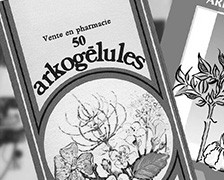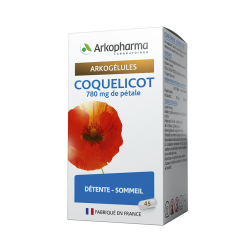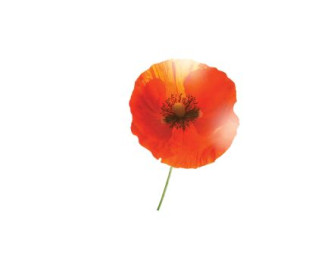
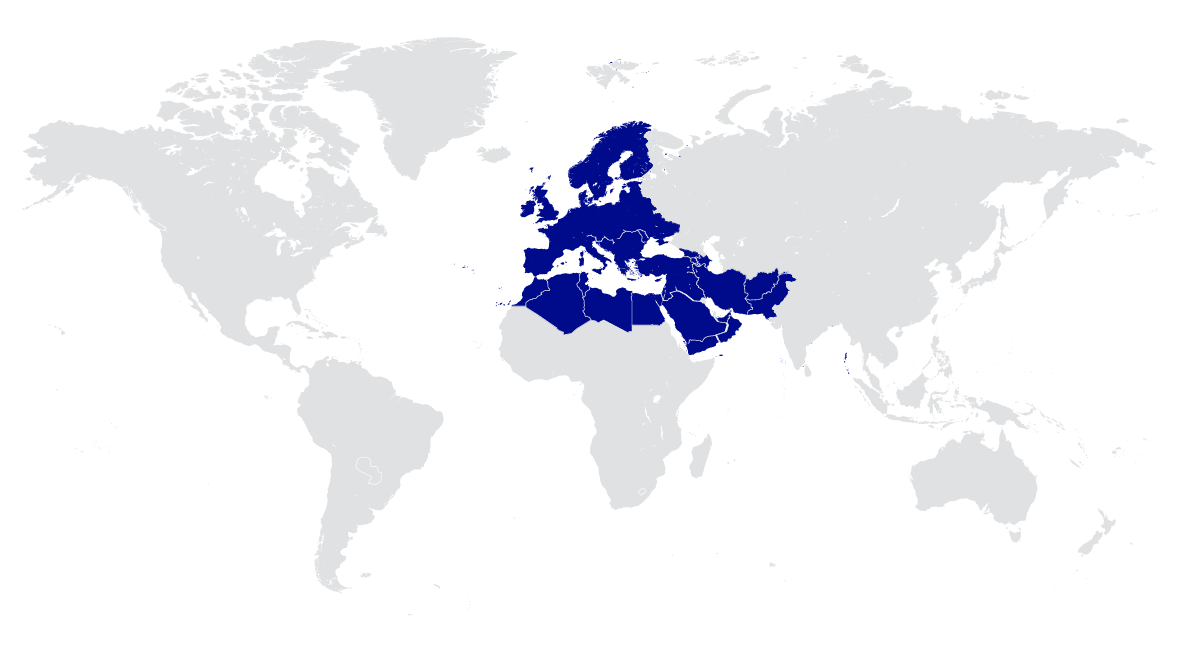
Use of the plant
Poppy petals are used for their proven effects on sleep and relaxation.
The main properties of the Poppy are as follows:
- Reduces nervousness, irritability and tension.
- Facilitates relaxation and falling asleep
- Restore quality, restorative sleep.
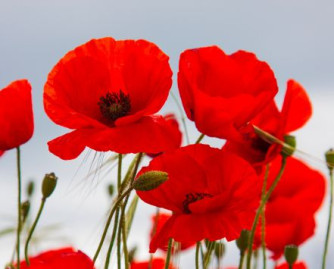
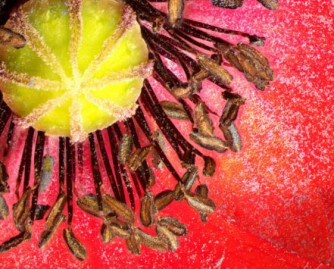
Scientific zoom
Used to promote relaxation and find sleep, poppy petals owe their properties to 3 main groups of constituents:
- Anthocyanosides, which are also responsible for the petals' red color;
- Isoquinoline alkaloids, the main one being rhoéadine;
- Flavonoids: flavones, flavonols and their glycosides;
The poppy is also a pectoral species. Its petals contain mucilage, which can be beneficial when sleep is disturbed by an irritated throat.
Botanical description
The poppy belongs to the Papaveraceae family, like eschscholzia or the poppy. This common country plant originated in the Middle East, and has spread since Antiquity with the cultivation of cereals. The poppy is an annual herbaceous plant with divided, rosette-shaped leaves.
In spring, it produces one or more stems 20 to 60 cm high, bearing solitary flowers with 4 red petals tinged black at the base. The stamens are black and numerous, surrounding a globular pistil.
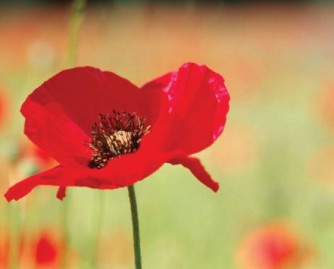
Find out more about the properties and benefits of plants in our fact sheets. These properties are recognized for specific uses and dosages of the active ingredients contained in these plants. They should always be used on the advice of a health professional.
Bibliographical references
- Bruneton J. Pharmacognosie, phytochimie, plantes médicinales. 5th ed. Paris, Lavoisier, 2016, Poppy, p 1305-1306.
- Guédon D, Abbe P, Boutier C. Identification et dosage des alcaloïdes du groupe de la rhoeadine par CLHP-UV dans Papaver rhoeas L. Communication par affiche, VIème Colloque International consacré aux Plantes Médicinales et aux Substances Naturelles, 3-4 juin 1988, Angers (France).
- Grauso L., de Falco B., Motti R., Lanzotti V. Corn poppy, Papaver rhoeas L.: a critical review of its botany, phytochemistry and pharmacology, 2020 Phytochemistry Reviews 20 (1)-DOI: 10.1007/s11101-020-09676-7.
- Rombi M, Robert D. Coquelicot - Pétale-Papaver rhoeas L. Papaveraceae In: 120 plantes, 3ème Edition. Monaco: Alpen, 2007. p 142-143.
